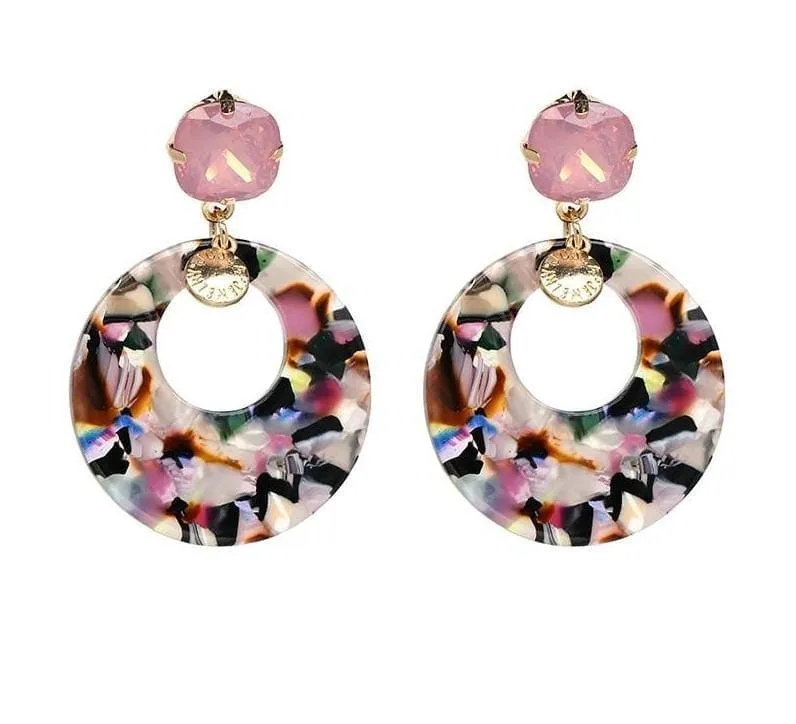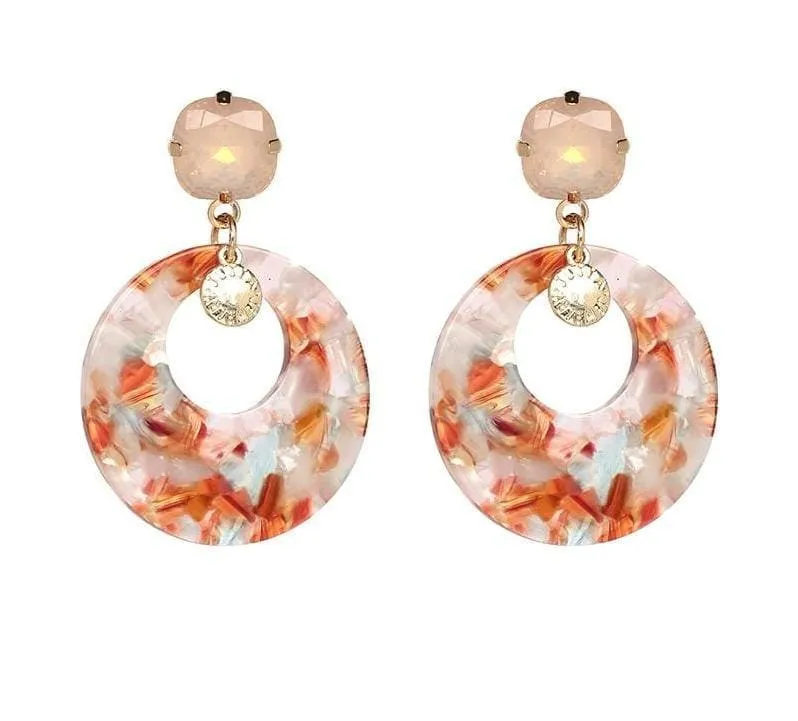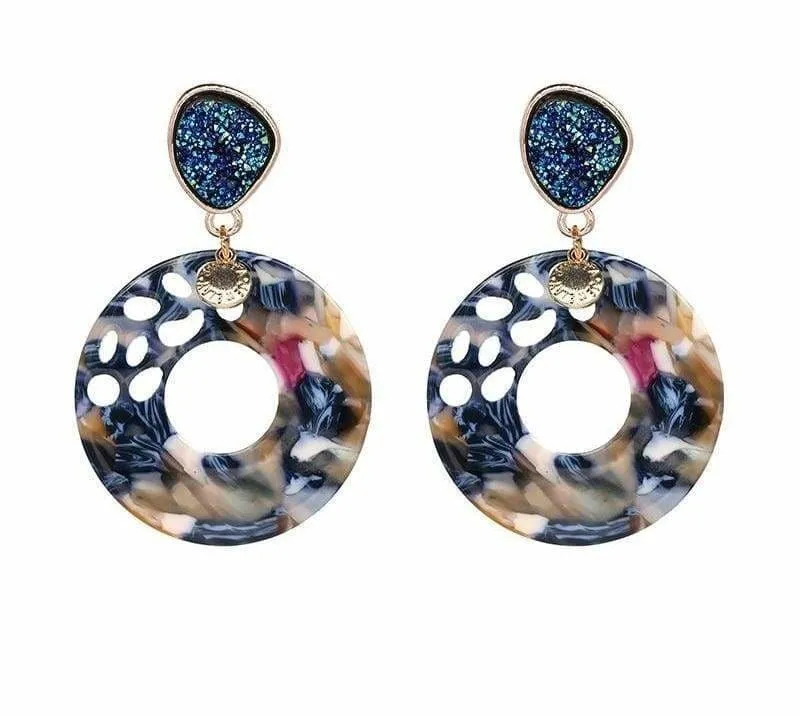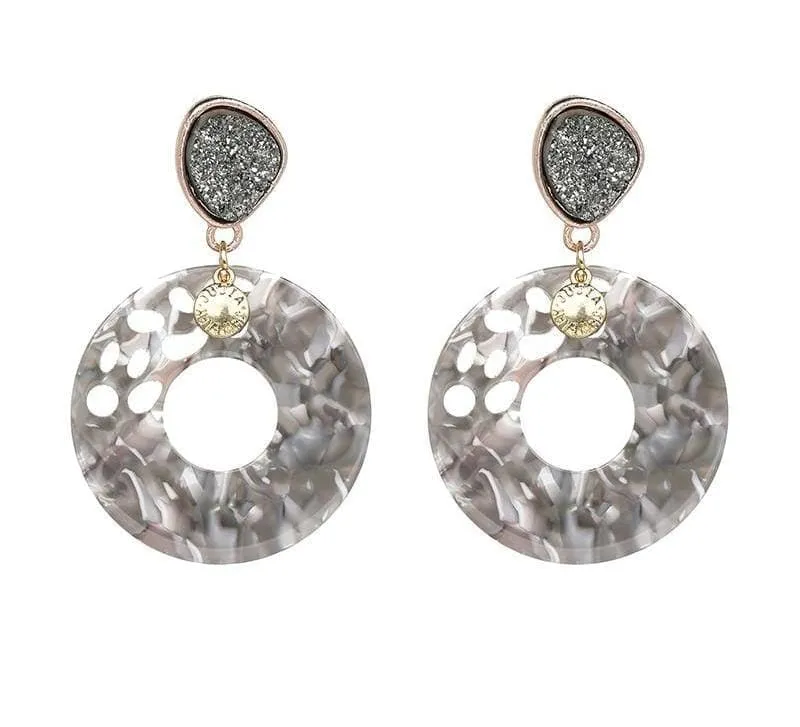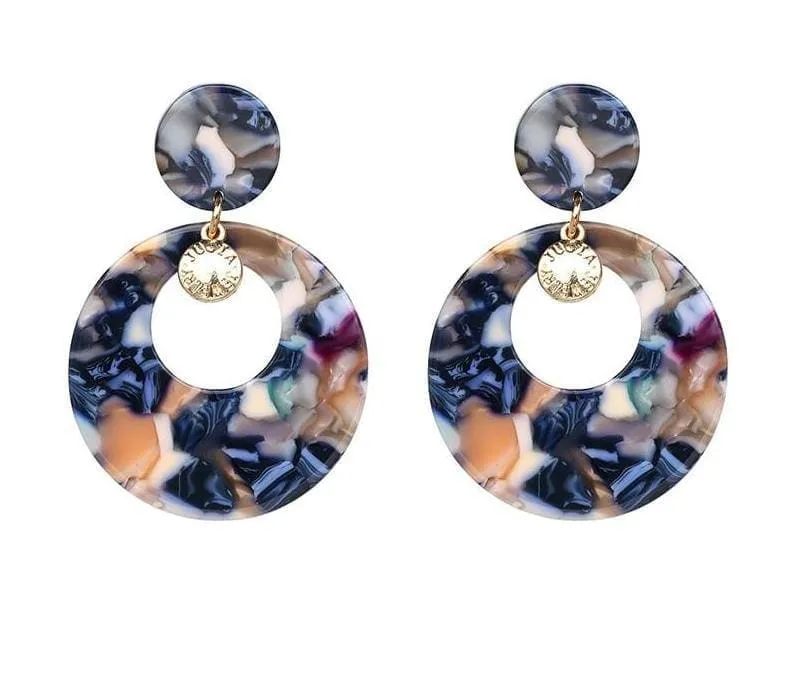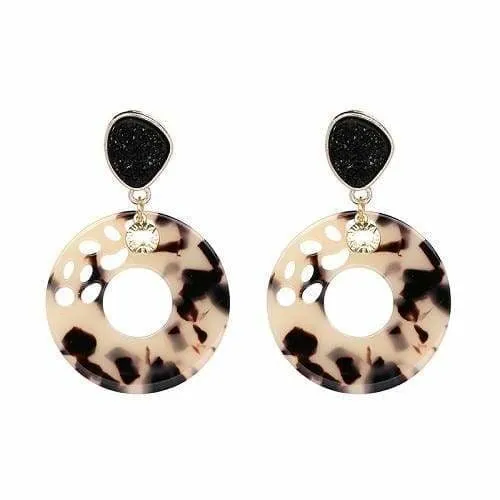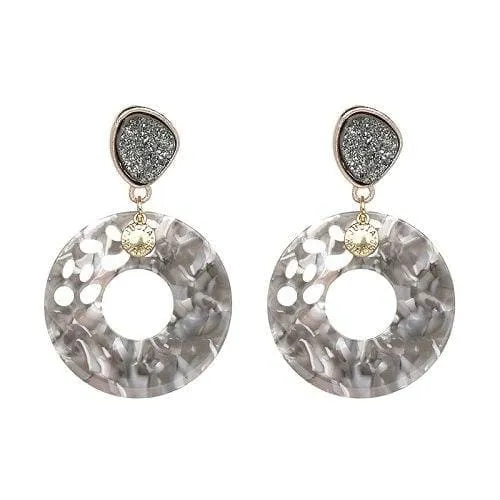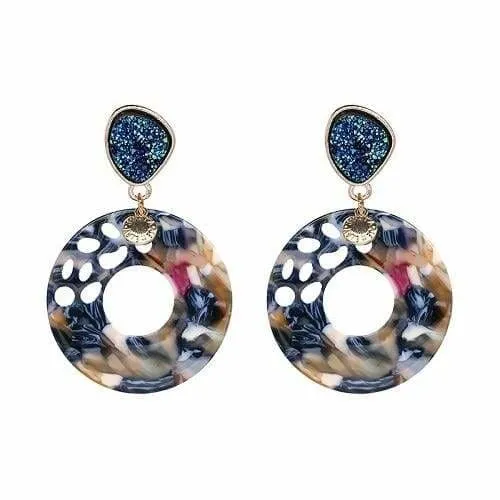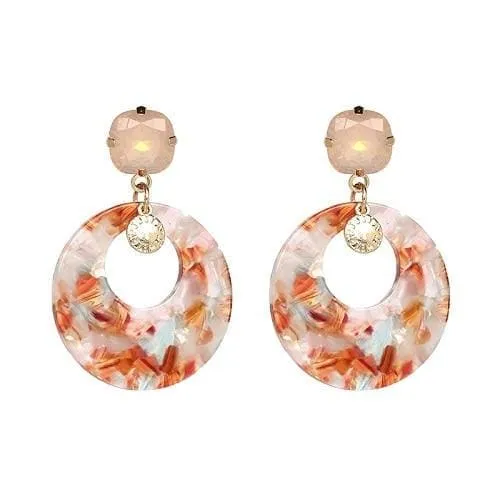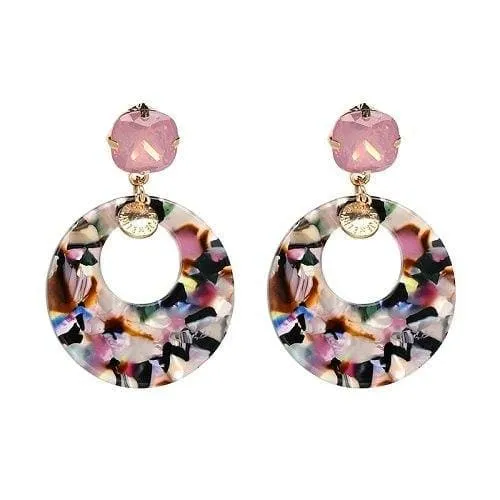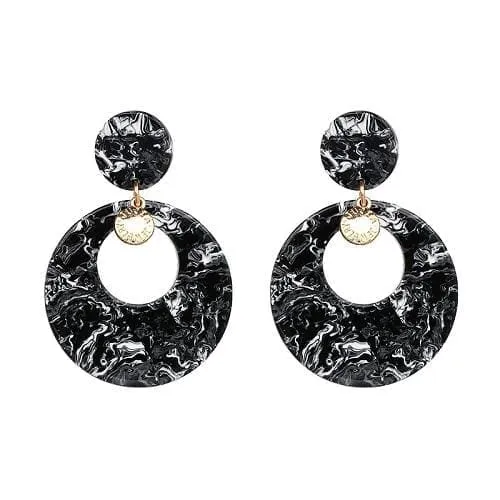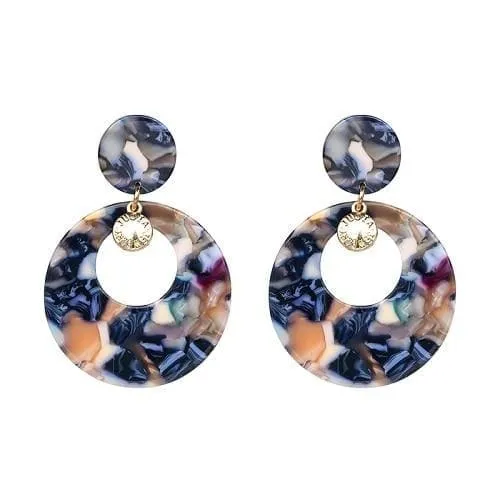🔥🔥 93% OF CUSTOMERS BUY 3 OR MORE 🔥🔥
7 Colors Fashion Tassel Earrings !!!
Tassels as we know them have come a long way from it first creations. With influences from the world over, contemporary design stems from thousands of years of craftsmanship. Known as the ‘passementerie’ in France, ‘passamanaria’ in Italy and ‘aziamentos’ in Spain, these are just a few of its other names. Looking into its history reveals how the tassel and all its associated shapes, evolved from first a practical knot, to the simplistic designs of the Renaissance, the slightly larger but more formal appearance during the Empire period through to the extravagance of the Victorian era and on to today’s detailed designs of many sizes.
The tassel has almost always been a symbol of power and prestige. The word for “tassel” originated from “tassau” — which, translated from Latin, refers to a clasp at the neck of a garment. In the beginning, tassels served as a weaving knot in garments to prevent unraveling. Then, over the course of time, they took on a more powerful significance: they were worn by ancient priests and military officers as talismans that warded off evil spirits. Egyptian pharaoh Tutankhamun was unearthed from his tomb wearing them around his neck.
In 330 AD, Roman emperor Constantine decreed that all Christians should be clothed, leading to a high demand for tassel trimmings. Flash-forward to 540 AD: Emperor Justinian and two Persian monks smuggled in silkworms from China — just to make the tassels fancied by royalty and aristocrats in the Western world. French were turning the tassel into a trendsetter. Around the 16th century, the Guild of the Passementiers established the art of “passementerie.” It took seven years of apprenticeship to be trained in this craft, and a single tassel would cost the equivalent of thousands of dollars to commission, not to mention weeks of labor and valuable materials.
Did you know that the use of a tassel adorning a graduation cap only started in the last 40 to 50 years. The tassel was originally designed to decorate the graduates cap during the ceremony but it has come to have symbolism as well.
The gesture of moving the tassel from one side of the cap to the other symbolizes the individual’s movement from candidate to graduate. Prior to the ceremony the tassel is expected to be worn on the right. During the ceremony it should be moved to the left side after students receive their diploma. This custom is practiced in educational institutions nationwide.
Just click the "Add To Cart" Button Below! There's a very limited stock, and they will go soon!
Note: Due to High Demand Promotional Items May Take Up To 2-4 weeks for delivery.
WE SUPPORT AN AMAZING CAUSE
We're thrilled to support Nanhi Pari Foundation is a Girl Child Right Organization which works for Education, Health & Nutrition for Girl Child.
Best Buy Deal's 7-POINT HAPPINESS CHECKLIST
1. FREE Shipping Worldwide on special offers.
2. Fast, Sure & Safe delivery.
3. Safe Payments via PayPal® and 2Checkout®.
4. 30 Day Money Back Guarantee.
5. Real humans on our support help-desk !
6.Tracking number for every order.
7.We use encrypted SSL certificates for 100% security.




